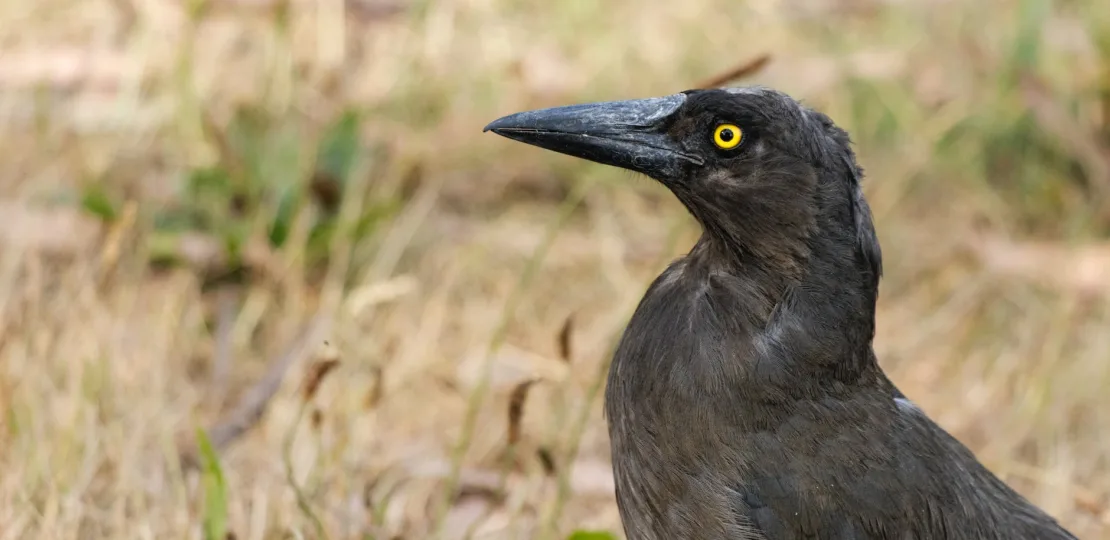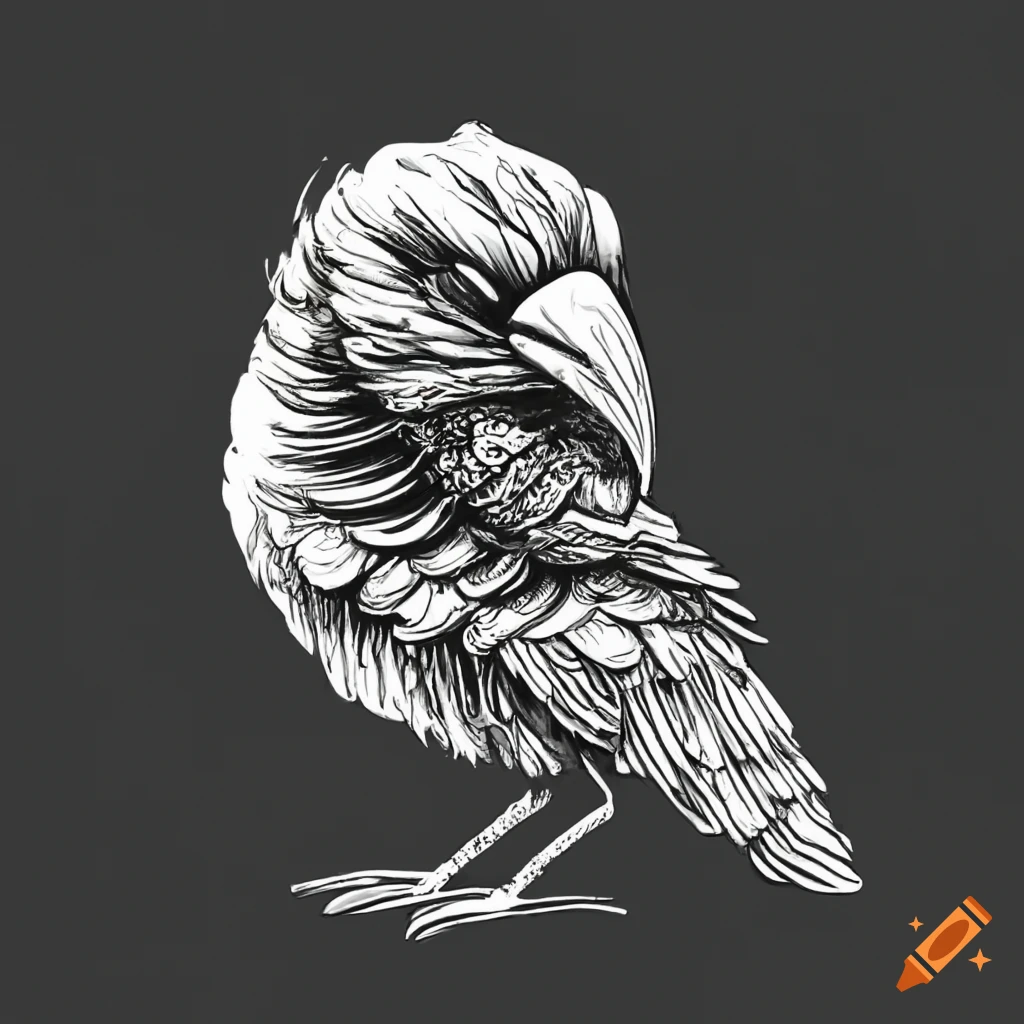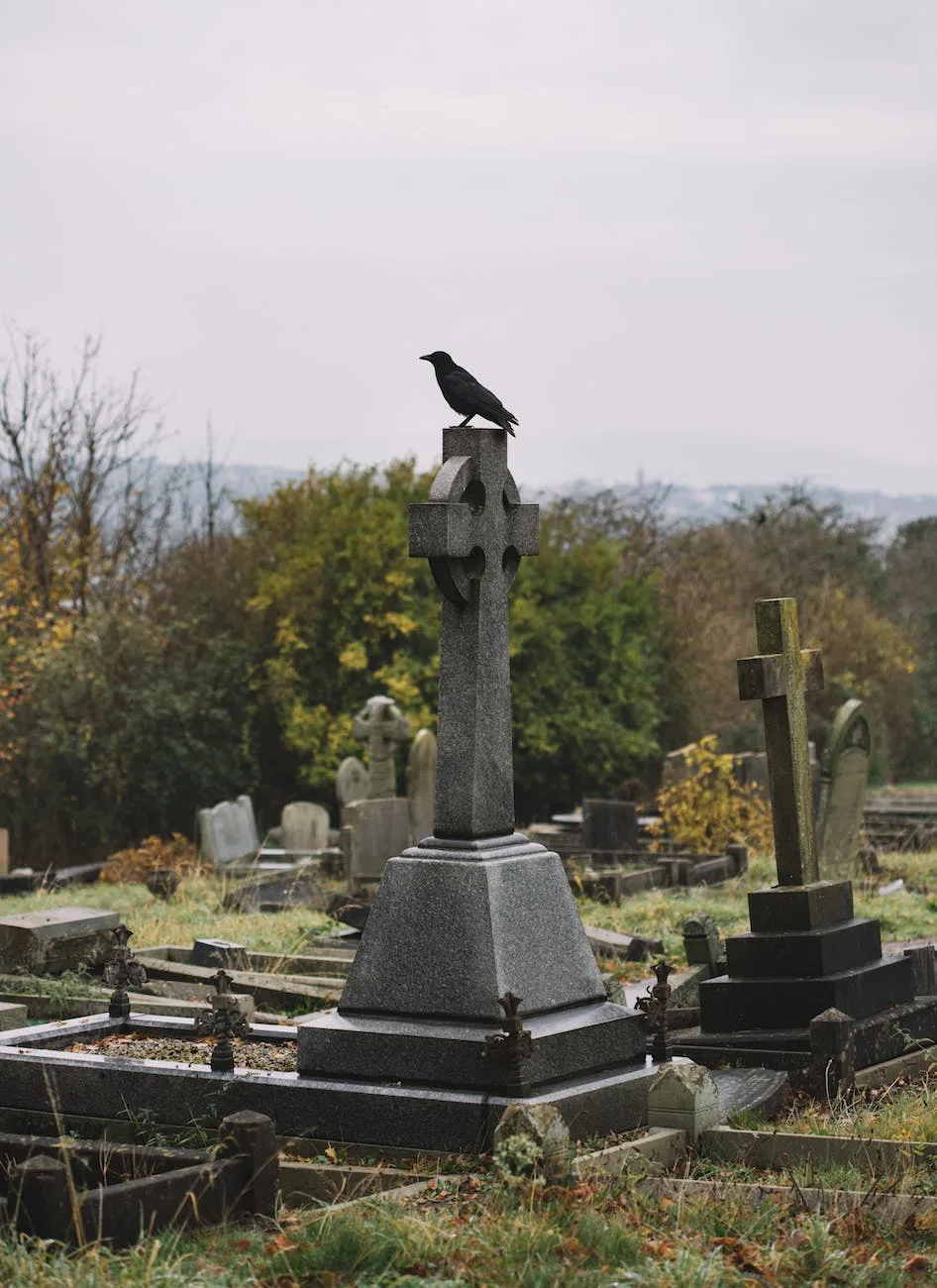Embrace the Beauty: The Torresian Crow, Australias Magnificent Black Bird
December 30, 2023 | by BlackCrow.com

Introducing the Torresian Crow
The Torresian Crow, scientifically known as Corvus orru, is a magnificent black bird found in Australia, New Guinea, and nearby islands. This striking bird belongs to the Corvidae family, which includes other intelligent and highly adaptable species like the hooded crow and carrion crow.
Overview of the Torresian Crow
The Torresian Crow is a medium-sized bird, measuring about 45-50 centimeters in length. It showcases a sleek black plumage that gives it a striking appearance. One notable feature is its powerful bill, which is sturdy and slightly curved. The crow’s wingspan ranges from 85 to 100 centimeters, allowing it to maneuver gracefully in flight.
Known for its intelligence and resourcefulness, the Torresian Crow has adapted well to various habitats, including urban areas, woodlands, and open grasslands. Its adaptability has contributed to its widespread distribution across Australia, New Guinea, and nearby islands.
Habitat and Distribution
The Torresian Crow is native to Australia and is most commonly found in the northern and eastern parts of the country. It also occurs in New Guinea and neighboring islands, where it thrives in a variety of environments. From coastal regions to dense forests, the Torresian Crow has successfully established its presence.
This species of crow is often found in large groups, known as murders, which can consist of up to several hundred birds. They are highly social and vocal, with distinct calls that allow them to communicate with other members of their group.
To learn more about other fascinating crow species, such as the pied crow, blackcrow or little crow, visit our articles on corvus albus – pied crow (central African coasts to southern Africa) and corvus bennetti – little crow (Australia).
The Torresian Crow’s ability to adapt to various habitats and its widespread distribution make it an interesting and important species to study. In the following sections, we will delve further into its appearance, behavior, life cycle, role in the ecosystem, as well as its conservation status and threats.
Appearance and Behavior
The Torresian Crow, also known as the Australian Crow or Corvus orru, is a magnificent black bird found in Australia, New Guinea, and nearby islands. Let’s explore its physical description and behaviors that make it unique.
Physical Description
The Torresian Crow is a medium-sized bird with a sleek and glossy black plumage. It has a distinctive thick beak that is slightly curved at the tip. The size of the bird can vary slightly depending on its location, with males generally being larger than females.
Here are some key physical characteristics of the Torresian Crow:
- Length: Approximately 45-50 centimeters (18-20 inches)
- Wingspan: About 85-100 centimeters (33-39 inches)
- Weight: Typically between 400-600 grams (14-21 ounces)
The black plumage of the Torresian Crow is not only visually striking but also serves as excellent camouflage in its natural habitat. This coloration helps the bird blend into the surrounding environment while foraging for food or perched in trees.
Behaviors and Traits
The Torresian Crow is a highly intelligent and adaptable bird. It displays a wide range of behaviors and traits that contribute to its survival in various habitats.
Here are some notable behaviors and traits of the Torresian Crow:
- Social Nature: Torresian Crows are social birds that often form large flocks. They are known to communicate with each other using a variety of vocalizations, including cawing and croaking sounds.
- Omnivorous Diet: The diet of the Torresian Crow is diverse, consisting of both plant matter and animal prey. It feeds on fruits, seeds, insects, small vertebrates, and carrion. Their ability to adapt their diet to available food sources contributes to their survival in different environments.
- Nest Building: Torresian Crows build large black crow nests made of sticks, twigs, and other natural materials. They construct these nests in trees, often in colonies with other crows. The nests are sturdy and provide a safe place for raising their young.
- Problem-Solving Abilities: These crows have been observed displaying remarkable problem-solving skills, such as using tools to extract food from hard-to-reach locations. Their intelligence and adaptability have earned them recognition as one of the most intelligent bird species.
- Flight Agility: Torresian Crows are agile in flight, maneuvering effortlessly through the air. They are known for their soaring flights and acrobatic aerial displays.
Understanding the physical characteristics and behaviors of the Torresian Crow allows us to appreciate its beauty and adaptability as an essential part of the ecosystem. To learn more about the role of the Torresian Crow in the ecosystem, explore the section on Feeding Habits and Ecological Importance.
Life Cycle of the Torresian Crow
The life cycle of the Torresian Crow, also known as the Australian Crow, encompasses various stages of breeding, nesting, and parental care.
Breeding and Nesting
Breeding season for the Torresian Crow typically begins during the spring months. Male crows engage in elaborate courtship displays to attract females. These displays often involve vocalizations, wing flapping, and aerial acrobatics. Once a pair has formed, they will construct a nest together.
The nests of Torresian Crows are large and sturdy structures made from sticks, twigs, and other plant materials. They are typically built in tall trees or on man-made structures such as power poles or buildings. The female crow lays a clutch of 3 to 5 eggs, which she incubates for around 18 to 20 days. During this incubation period, both parents take turns sitting on the eggs to keep them warm and protected.
Parental Care
After hatching, the parents provide dedicated care to the young crows. Both the male and female participate in feeding and protecting the chicks. The parents regurgitate food to feed the nestlings, providing them with a diet that includes insects, fruits, seeds, and small vertebrates.
As the chicks grow, their dependency on the parents gradually decreases. They develop feathers and begin to explore the surroundings within the nesting area. The parents continue to provide nourishment until the chicks are capable of feeding themselves.
The fledging period, when the young birds leave the nest, typically occurs when they are around 4 to 5 weeks old. However, even after fledging, the parents continue to provide guidance and support to their offspring for several weeks until they become independent.
This cycle of breeding, nesting, and parental care ensures the continuation of the Torresian Crow population. By understanding these aspects of their life cycle, we can appreciate the dedication and effort these birds put into raising their young.
To learn more about other fascinating crow species, check out our articles on corvus albus – pied crow (central African coasts to southern Africa) and corvus bennetti – little crow (Australia).
Role in the Ecosystem
Feeding Habits
The Torresian Crow, also known as the Australian Crow, plays a vital role in the ecosystem through its feeding habits. These intelligent birds have a diverse diet that includes both plant and animal matter. Their ability to adapt their feeding habits allows them to thrive in a variety of habitats.
Torresian Crows are omnivorous, meaning they consume a wide range of food items. They feed on fruits, seeds, grains, and nectar, making them important dispersers of seeds and contributors to plant regeneration. Additionally, they scavenge on carrion and have been observed feeding on small invertebrates, reptiles, and even small birds. Their opportunistic feeding behavior helps maintain the balance of various populations within their ecosystem.
Ecological Importance
The Torresian Crow plays a crucial ecological role in its native habitats of Australia, New Guinea, and nearby islands. As scavengers, they help keep the environment clean by consuming carrion and participating in the natural recycling of nutrients. By feeding on decaying organic matter, they contribute to the decomposition process, aiding in nutrient cycling and maintaining a healthy ecosystem.
These intelligent birds also display social behavior, forming communal roosts and engaging in cooperative breeding. Their interactions with other individuals of their species contribute to the social dynamics and overall biodiversity of their habitats.
Furthermore, the Torresian Crow is an important part of the food web, occupying a mid-level position. They serve as a source of food for larger predators, such as raptors and larger carnivorous mammals. Their presence helps sustain these predator populations, contributing to the overall balance and stability of the ecosystem.
Understanding the blackcrow feeding habits and ecological importance of the Torresian Crow provides insights into the intricate connections and dependencies within its habitat. By appreciating the role of these magnificent black birds, we can develop a greater understanding and respect for the natural world around us.
Conservation Status and Threats
The Torresian Crow, also known as the Australian Crow, plays a vital role in the ecosystem. However, like many other bird species, it faces certain challenges that impact its population. Understanding the conservation status and threats faced by the Torresian Crow is crucial for its protection and preservation.
Population Status
The population of the Torresian Crow is currently stable. It is a widespread species found in Australia, New Guinea, and nearby islands. While specific population numbers are not readily available, the Torresian Crow is considered common throughout its range. Its adaptability to different habitats, including urban areas, has contributed to its relatively stable population.
Threats and Conservation Efforts
Despite its stable population, the Torresian Crow faces several threats that could impact its long-term survival. These threats include:
- Habitat Loss: The conversion of natural habitats for human development, agriculture, and urbanization poses a significant threat to the Torresian Crow. Destruction of nesting sites and limited foraging opportunities can disrupt their breeding and feeding patterns.
- Competition with Other Species: The presence of invasive species, such as the Pied Crow, can lead to competition for resources, including nesting sites and food. This competition can negatively impact the Torresian Crow’s population and distribution.
- Climate Change: The effects of climate change, including extreme weather events and habitat alteration, can disrupt the Torresian Crow’s breeding and foraging patterns. Changes in temperature and rainfall patterns can affect food availability and nesting success.
Conservation efforts are crucial for the long-term survival of the Torresian Crow. Some measures that can be taken to protect this species include:
- Habitat Preservation: Protecting and preserving the black crow natural habitats of the Torresian Crow is essential. This includes identifying important breeding and foraging areas and implementing conservation plans to safeguard these habitats from further destruction.
- Invasive Species Management: Managing and controlling the population of invasive species, such as the Pied Crow, can help reduce competition and ensure the availability of resources for the Torresian Crow.
- Climate Change Adaptation: Implementing strategies to mitigate the impacts of climate change, such as creating climate-resilient habitats and promoting sustainable land use practices, can help the Torresian Crow adapt to changing environmental conditions.
By addressing these threats and implementing conservation measures, we can ensure the continued presence and well-being of the Torresian Crow in Australia, New Guinea, and nearby islands. It is important to raise awareness about the importance of this species and encourage efforts to protect and conserve its habitats.
RELATED POSTS
View all


